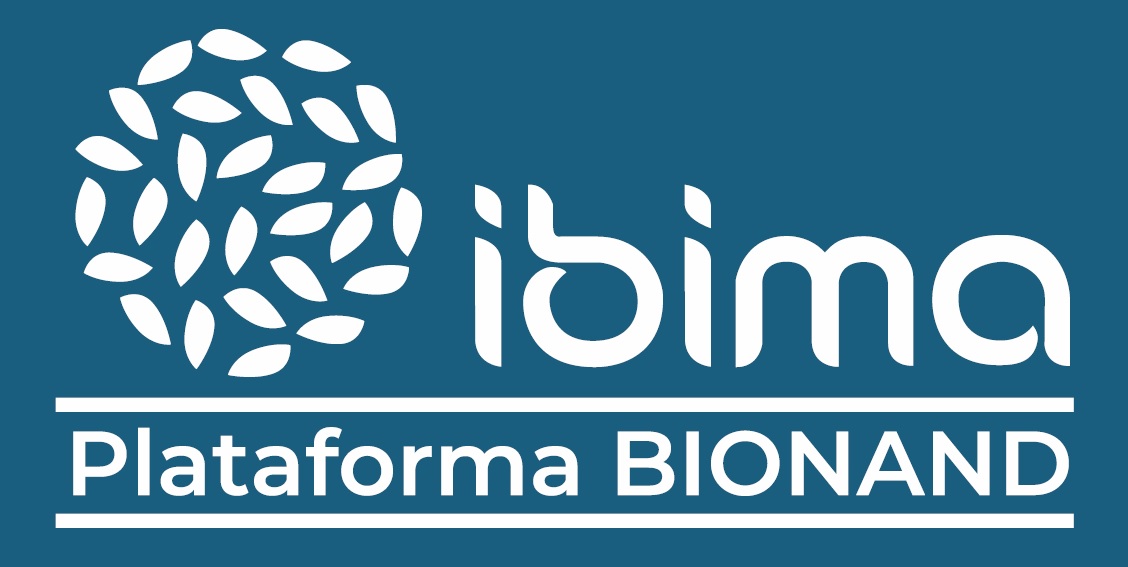Technological Offers
Method to predict weight loss after bariatric surgery
Description
Method to predict weight loss in patients undergoing bariatric surgery, based on the study of the expression of two microRNAs.
The analysis is performed from a serum sample, being blood sampling implemented in routine clinical practice.
Medical need
The prevalence of obesity has increased dramatically in recent decades with a clear upward trend for the coming years.
Current strategies against obesity include restricting energy intake or absorption and increasing energy expenditure through exercise which, depending on the degree of obesity, can be complemented with pharmacological treatment or bariatric surgery.
Results
A study was performed in 33 morbidly obese patients with bariatric surgery, divided into two groups: considered responders and non-responders at 5-8 years based on the %PEP criterion.
The pattern of miRNAs was analyzed and those with differential expression were selected, and then a Spearman correlation was performed to select those associated with %PEP.
Advantages
The method allows results to be obtained quickly and affordably by RT-PCR, a technique widely used in the health sector.
Applications
In vitro diagnostic kit for weight loss prognosis after bariatric surgery
Prevalence
In 2016, 13% of the population was classified as obese.
Bariatric surgery is the most effective therapy, but 5-20% of patients do not respond.
Market
About 580K bariatric surgeries are performed annually, costing between $15K-23K.
The cost of this prognostic test would cost about $15.
Other solutions
Bariatric surgery is the most effective therapy; other options are intake limitation and exercise, along with the use of drugs that are less effective.
Diagnosis
IBIMA Plataforma BIONAND inventors
LOURDES GARRIDO SÁNCHEZ
Research group of IBIMA involved: A-02
EDUARDO GARCÍA FUENTES
Research group of IBIMA involved: D-05
VIRGINIA MELA RIVAS
Research group of IBIMA involved: A-02
WILFREDO OLIVA OLIVERA
Research group of IBIMA involved: A-02
FRANCISCO JOSÉ TINAHONES MADUEÑO
Research group of IBIMA involved: A-02
